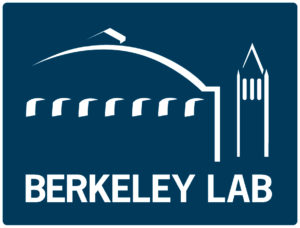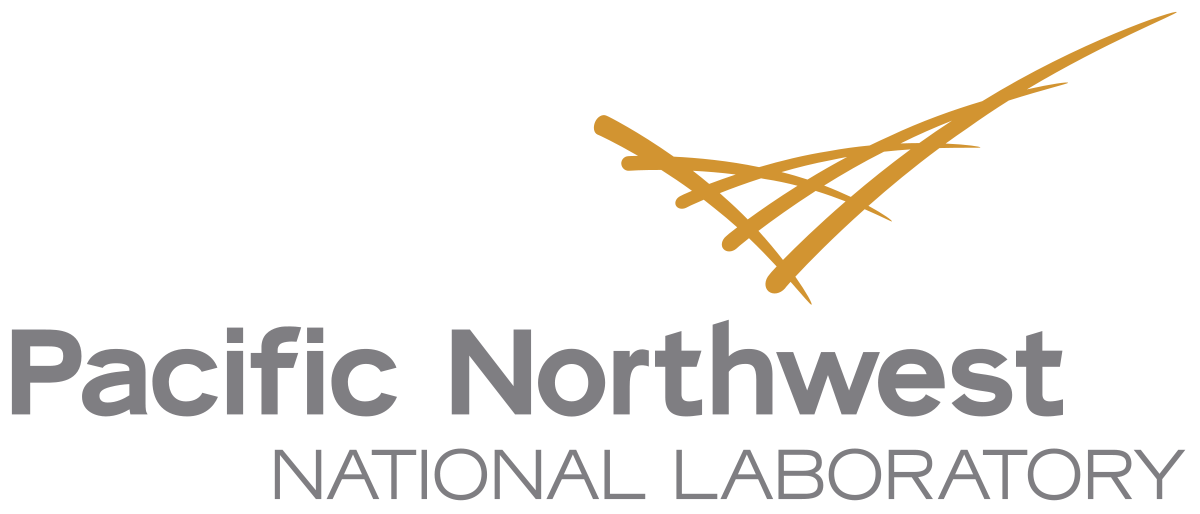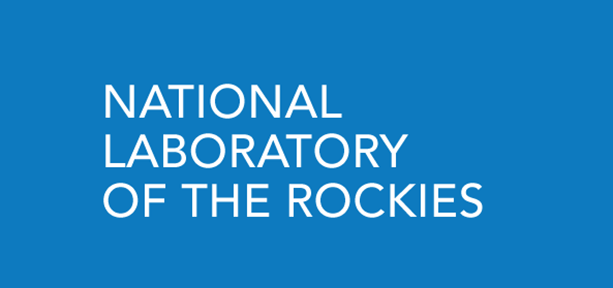
UMSL Mesoporous Carbons
| Project ID | d00a8115-6662-4f94-ac1b-6169070772e2 |
|---|
Fundamental Studies of Surface-Functionalized Mesoporous Carbons for Thermodynamic Stabilization and Reversibility of Metal Hydrides
Recipient University of Missouri-St. Louis/UMSL (PI: Eric Majzoub)
Abstract Metal hydrides used for applications today have a low hydrogen weight percent, e.g., 1.1 wt% H2 for LaNi5H6, due to the much heavier transition metal elements. The light metal hydrides, including sodium alanate (NaAlH4), have a much larger weight percentage of hydrogen but suffer from poor kinetics and reversibility because of phase separation of the components—aluminum metal in the case of sodium alanate. Although many light metal hydrides such as pure alane (AlH3) and many complex light metal hydrides are known, most are either too stable, requiring high temperatures to drive the hydrogen off, or too unstable and difficult to rehydride under safe hydrogen pressures at reasonable temperatures. In order to reach the DOE volumetric and gravimetric targets the light metals must be utilized and these problems must be overcome. The goal of this project is to render light metal hydrides like AlH3 reversible under moderate conditions. Our approach is to perform fundamental studies on functionalized porous carbons doped with nitrogen heteroatoms to understand the mechanisms of thermodynamically stabilized high-capacity metal hydrides. Ultimately, our goal will be to stabilize AlH3 in a nanoporous carbon framework through Lewis-acid/base interactions provided by pyridinic nitrogen on the interior wall of the carbon framework. This capping layer should provide the kinetic stabilization analogous to that of the oxide layer on bulk alane that allows it to be stable in air for many years despite the relative instability of the compound. More importantly, in very small pores this interaction is expected to solvate and increase the enthalpy change of alane dehydriding.







